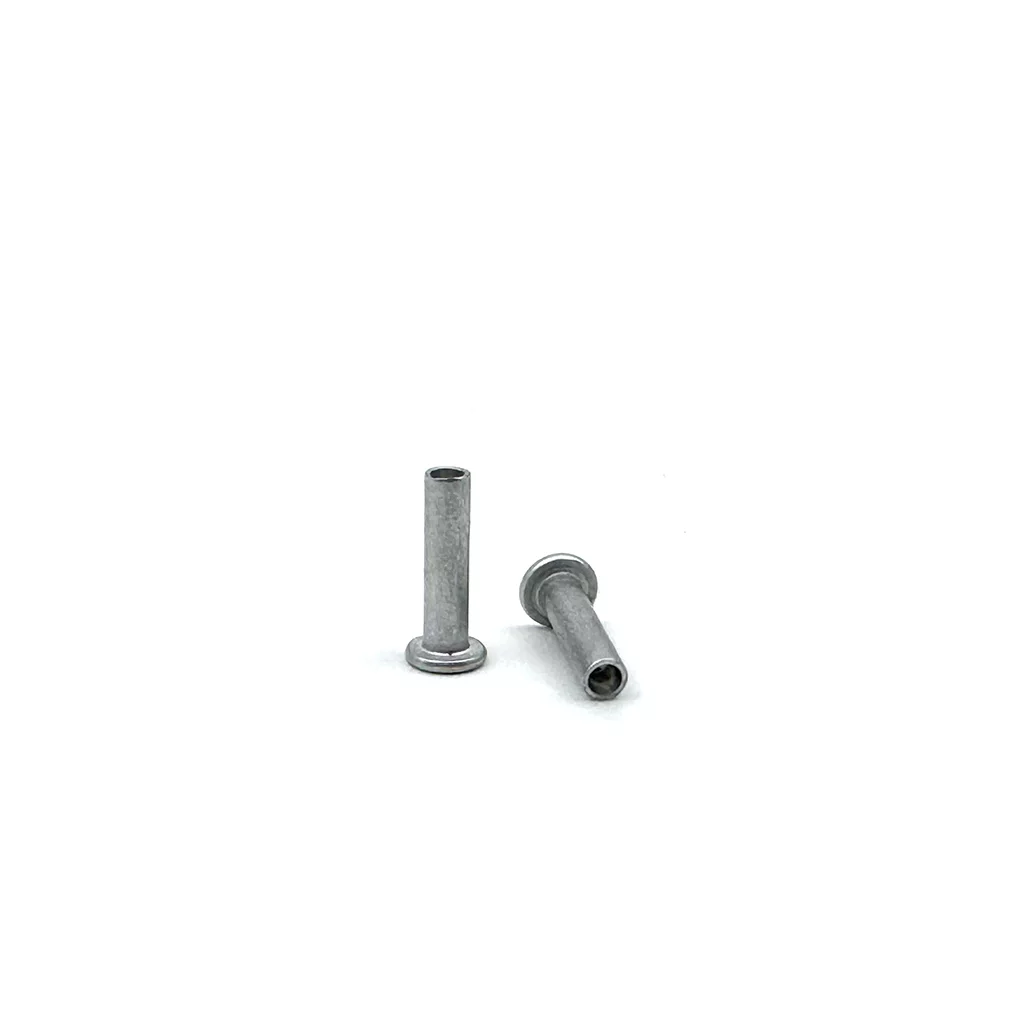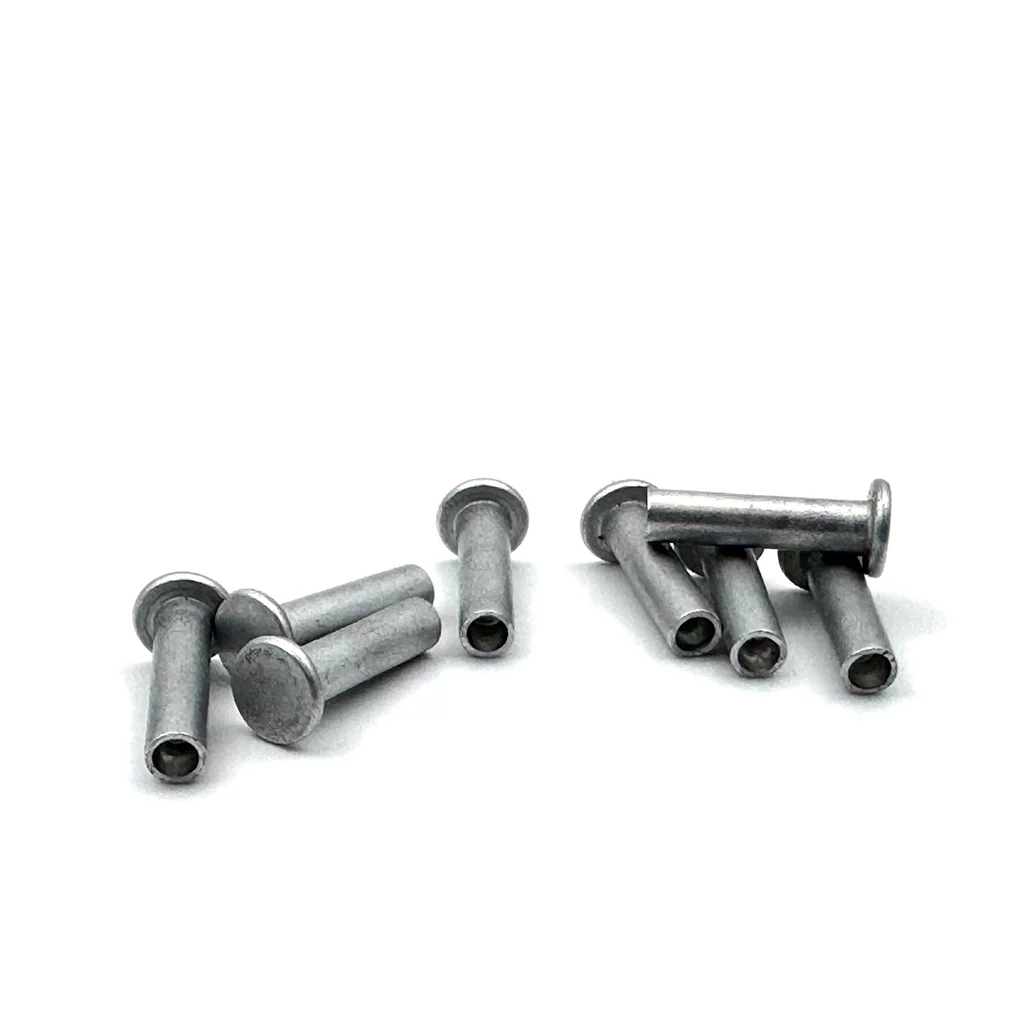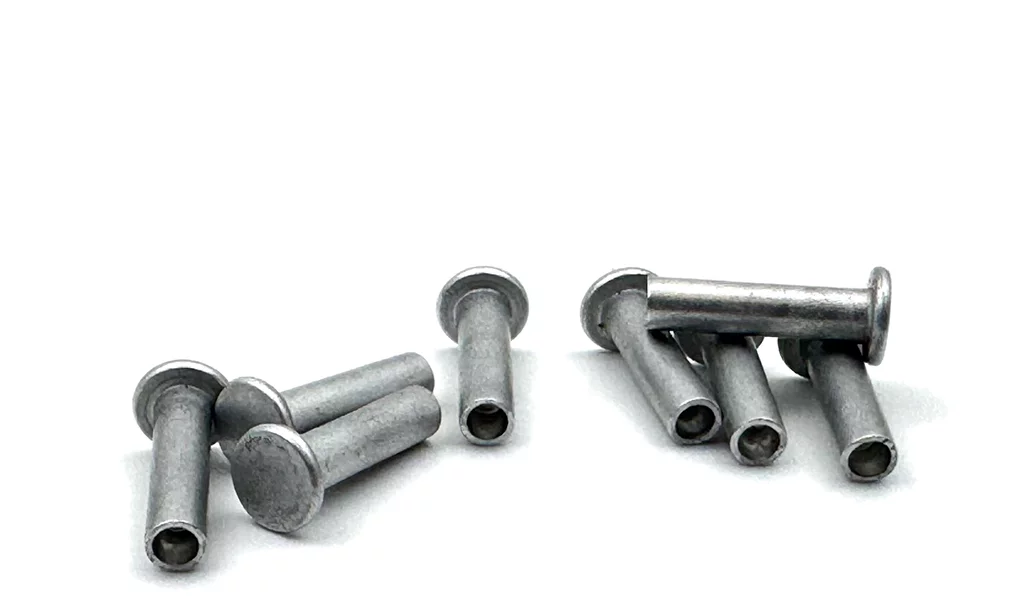Aluminum rivets

Westsing Aluminum Rivets – Lightweight, Corrosion-Resistant, High-Strength Industrial Connection Solutions
Welcome to experience Westsing aluminum rivets (https://www.westsing.com/aluminum-rivets/), a high-performance connector designed for industrial applications. Our aluminum rivets are the first choice for industries such as aerospace, automotive manufacturing, and construction due to their lightweight, corrosion-resistant, and high-strength characteristics. The following is a comprehensive introduction to Westsing aluminum rivets, covering product features, application scenarios, technical specifications, installation guidelines, and quality assurance, aiming to provide you with rich information and optimize your purchasing decisions.
Product Description
Westsing aluminum rivets are made of high-purity aluminum alloy and combined with advanced production processes to ensure that each rivet has excellent performance. Whether you need to reduce weight, resist corrosion, or ensure high-strength connections, our aluminum rivets can meet your needs. They are widely used in various harsh environments to provide reliable and durable connection solutions for your projects.
Product Features and Advantages
The reason why aluminum rivets are so popular is due to their unique performance advantages:
- Lightweight design: The weight of aluminum rivets is only one-third of that of steel rivets, which can significantly reduce the total weight of the structure, especially suitable for weight-sensitive fields such as aerospace and automotive manufacturing.
- Excellent corrosion resistance: The naturally formed oxide layer on the surface of aluminum effectively prevents corrosion, ensuring that the rivets can be used for a long time in humid or chemical environments without worries.
- High-strength connection: Despite its light weight, aluminum rivets still have excellent shear and tensile strength, fully meeting the needs of high-strength connections.
- Good electrical conductivity: Aluminum has excellent thermal and electrical conductivity, suitable for special applications in electronic equipment and the power industry.
- Non-magnetic and non-sparking: The non-magnetic property avoids electromagnetic interference and does not generate sparks, ensuring safety in explosive environments.
Application Scenarios
Westsing aluminum rivets perform well in multiple industries. The following are their main application areas:
- Aerospace: Used for lightweight and high-strength connections of aircraft skins, fuselage structures and internal components.
- Automotive manufacturing: Suitable for body panels, chassis and interior components, providing corrosion-resistant and reliable connections.
- Construction industry: Widely used in curtain wall systems, roof structures and aluminum alloy frames to ensure weather resistance and stability.
- Electronic equipment: Used for circuit board fixing and electronic housing assembly to meet non-magnetic requirements.
- Shipbuilding: Excellent performance in hull, deck and cabin connections, resisting seawater corrosion.
Technical specifications
To meet the needs of different projects, Westsing provides aluminum rivets in a variety of specifications. The following are common technical parameters:
| Parameter | Specification |
|---|---|
| Material | High-purity aluminum alloy |
| Diameter | 1/16” to 3/8” |
| Length | 1/8” to 4-1/2” |
| Head type | Round head, 100° countersunk head, 78° countersunk head, universal head, mushroom head, etc. |
| Strength standard | Meet industry shear and tensile strength requirements |
For custom specifications, please contact our team for more information.
Installation Guide
Proper installation of aluminum rivets is key to ensure their performance. Here are the simple installation steps:
- Prepare tools: Use a rivet gun, a drill bit of the appropriate size, and pliers.
- Drilling: Drill a hole in the material to be joined that matches the rivet diameter.
- Insert the rivet: Insert the rivet into the drilled hole, making sure the head is close to the surface of the material.
- Rivet: Use a rivet gun to squeeze the tail of the rivet until a firm connection is formed.
- Inspect: Confirm that the rivet connection is tight and there is no looseness or deformation.
Tip: It is recommended to use professional riveting tools to ensure the best results. Watch our Installation Video for intuitive guidance.
Quality Assurance
Westsing always puts product quality first. Our aluminum rivets are ISO 9001:2015 certified and the production process strictly follows international standards. Each batch of products undergoes multiple quality tests, including material purity, dimensional accuracy and strength tests, to ensure a reliable connection solution for customers.
Customer Reviews
Here are some real customer feedback on Westsing aluminum rivets:
- Aerospace Engineer: “Westsing aluminum rivets perform well in our aircraft manufacturing. Their light weight and high strength characteristics help us optimize the design and shorten the production cycle.”
- Automobile Manufacturer: “These corrosion-resistant rivets are perfect for our body assembly line, and they have no rust problems in long-term use, and they are very cost-effective.”
- Aluminum Rivets
- High Strength Rivets
- Corrosion-Resistant Rivets
- Lightweight Rivets
- Aerospace Rivets
- Automotive Rivets
- Construction Rivets
Why Choose Westsing Aluminum Rivets?
Westsing aluminum rivets are not only the representative of high-performance connectors, but also a reliable partner for your project success. With the characteristics of light weight, corrosion resistance and high strength, combined with strict quality control and a wide range of application scenarios, we are committed to providing customers with an excellent product experience. Visit https://www.westsing.com/aluminum-rivets/ today for more details or to place your order!
Aluminum rivets, rivets: In riveting, the parts of the riveted parts are connected by using their own deformation or interference. There are many types of rivets, and they are not restricted by form. Common ones include semi-circular head rivets, flat head rivets, countersunk head rivets, semi-hollow rivets, solid rivets, mother-and-child rivets, step rivets, etc.



